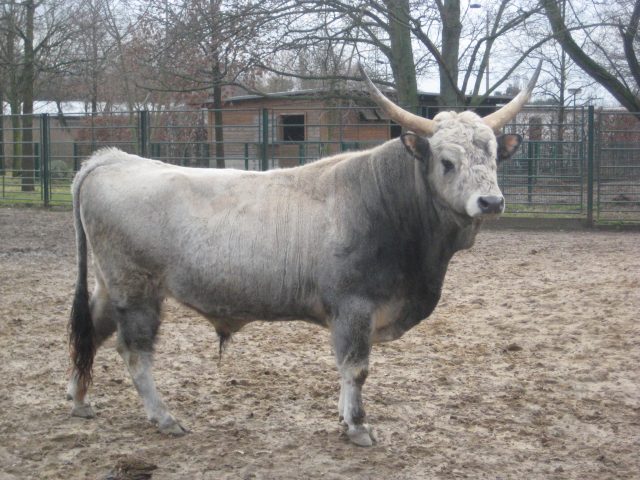Type the name of the breed you're looking for below
[wpdreams_ajaxsearchlite] Don't see the breed your're looking for? Click here and let us know!
Hungarian Grey cattle
| Place of Origin | Hungary |
| Origin | The breed probably arrived with the 9th century Hungarian immigration from the east to the Hungarian lowlands. In the Middle Ages and early modern times the breed was used as a draught animal but from 1861 has been bred for early maturity and its beef quality, being herded live to the markets of Europe. Nowadays Hungarian Grey cattle are kept mainly as tourist attractions in the Hortobágy National Park and other Hungarian national parks. Small herds may be found in a few other places, e.g. Bocfölde, Western Hungary. These herds serve as gene banks, due to their reported resistance to cattle diseases which affect more highly bred cattle types. By 1975 there were only 300 cows left in two herds, but numbers have since increased. |
| Purpose | Used both for draft purposes and for beef, they were yoked in teams of four or more to pull merchant wagons across the steppes, sometimes in long caravans |
| Appearance | Hungarian Grey cattle are slender and tall. The colour ranges from silvery-white to ash-grey. As in other Podolic breeds, the calves are born wheat-coloured, and become grey at about three months old. Hungarian Grey cattle are robust, unpretentious, easy-calving and long-lived. |
| Horns | Their horns are directed upward and are long and curved. |
| Cows Average Weight | 525 kg (1150 lbs.) |
| Bulls Average Weight | 800 kg (1764 lbs.) |
| Other Considerations | By 1975, only two herds remained with a total of 300 cows. By 1982 stock had increased to 850 cows in 6 herds. One of these herds is in the open-air museum at Hortobagy. |



